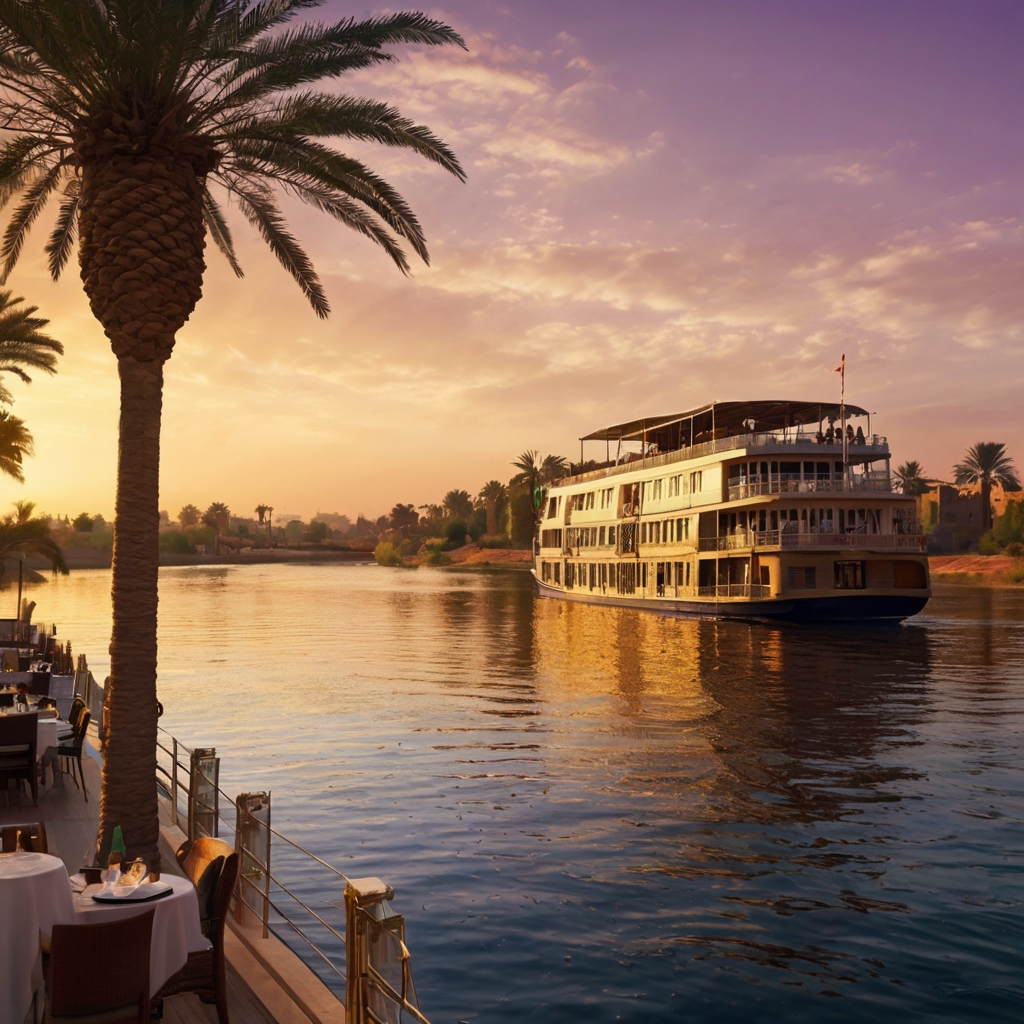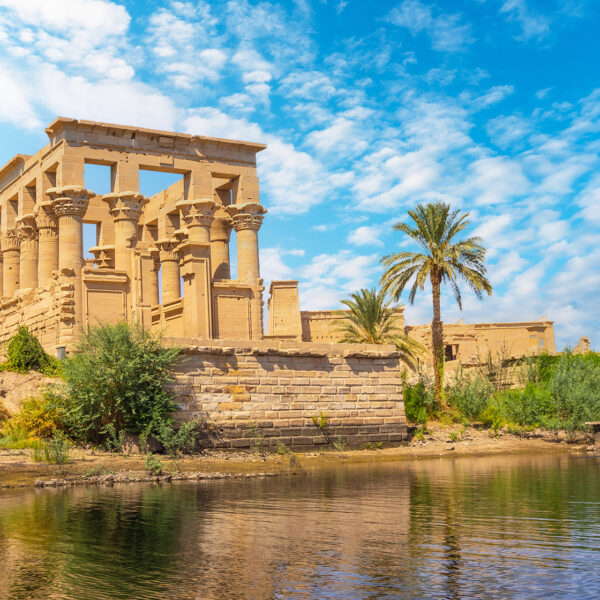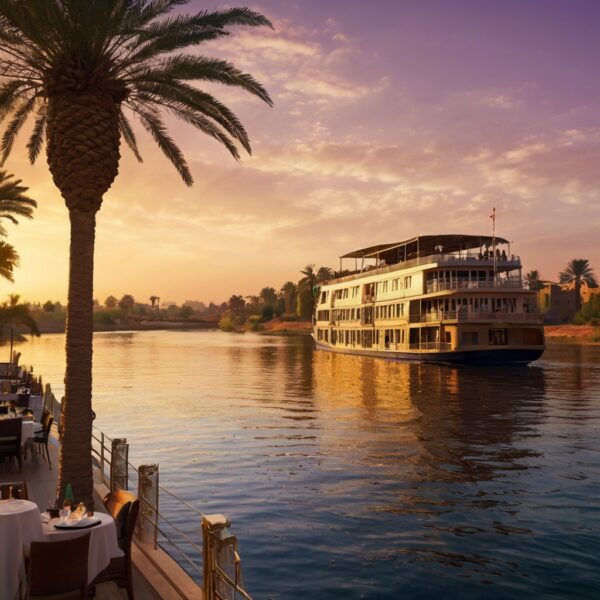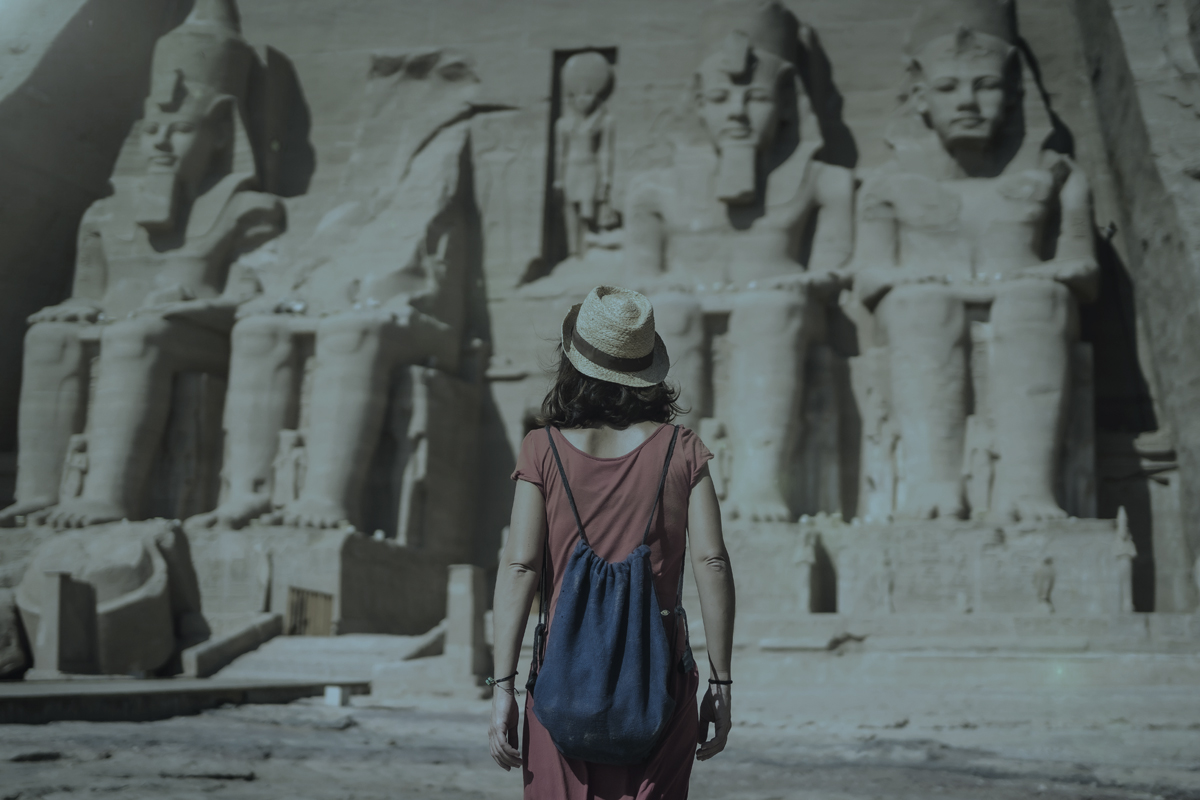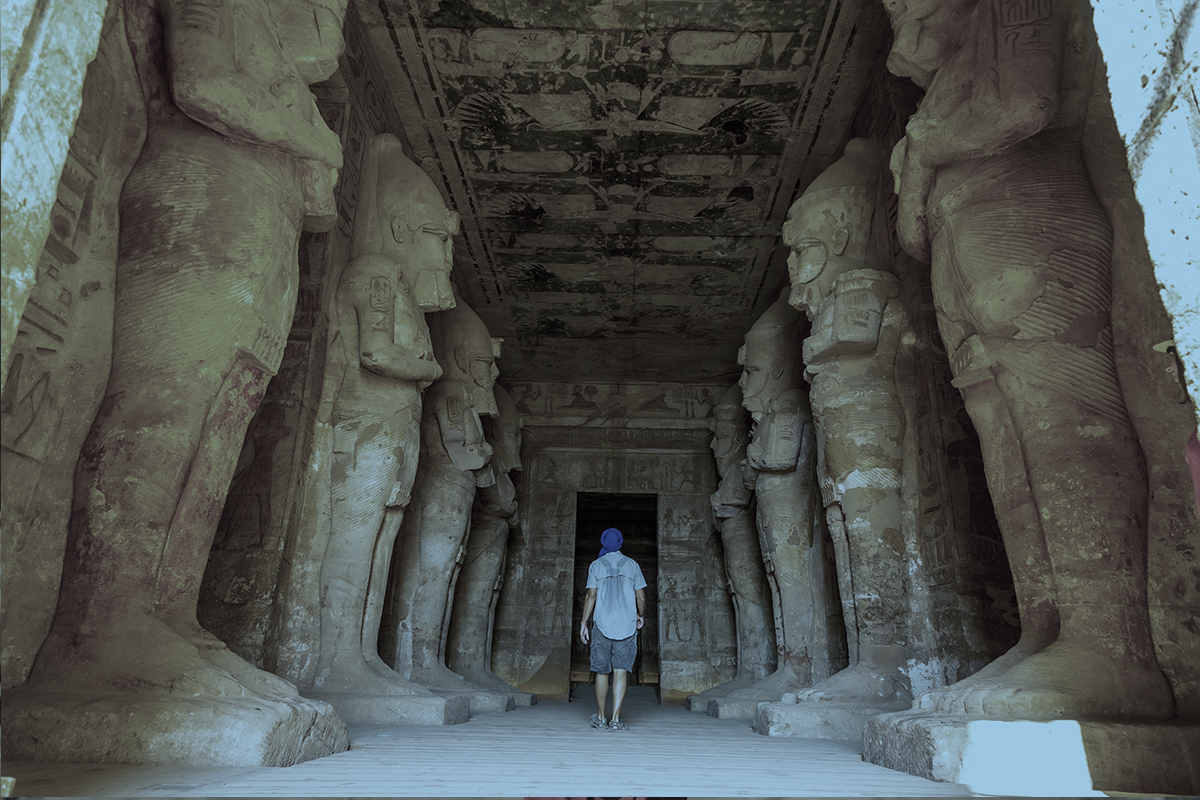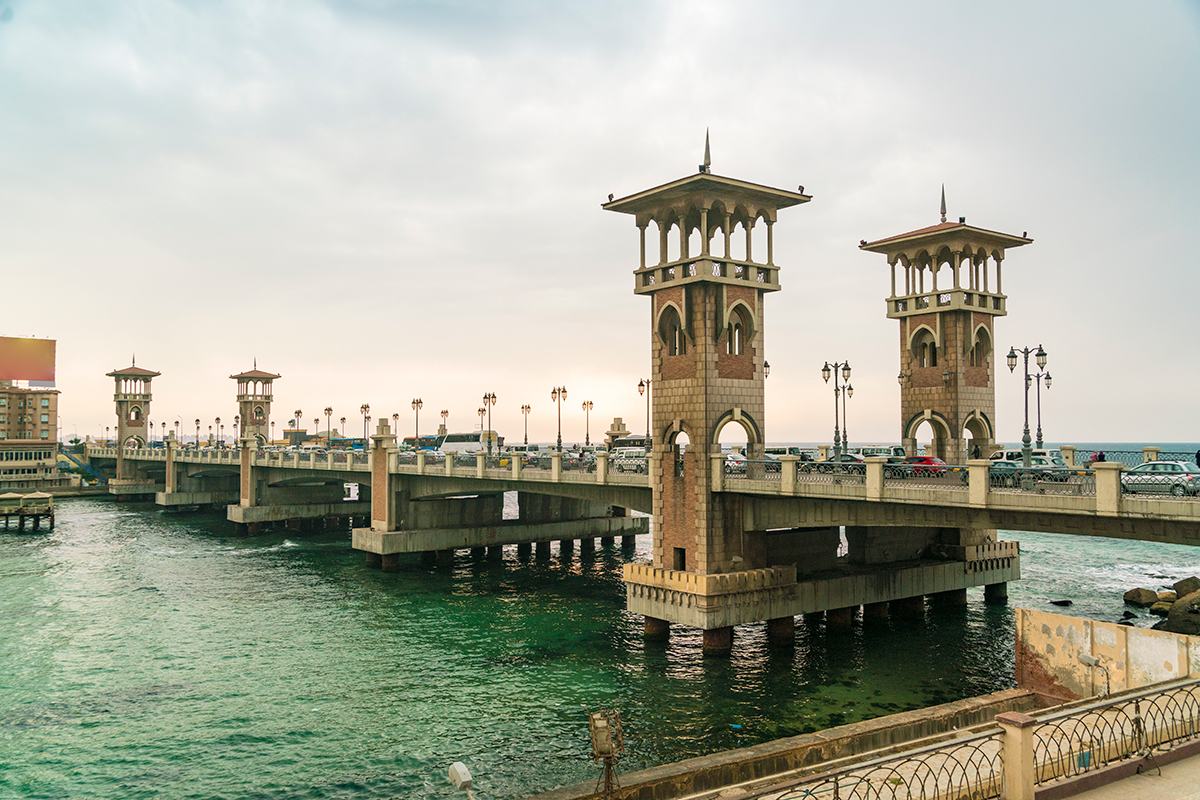Citadel of Saladin
Early 13th Century
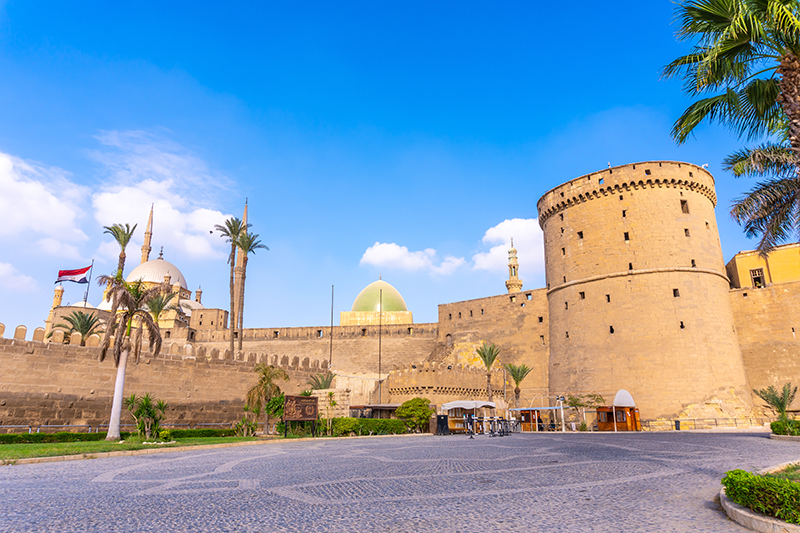
The Fortified Heart of Cairo’s History
The Citadel of Saladin, perched on the rocky heights of Mokattam Hill, is one of Cairo’s most impressive landmarks. This formidable fortress, built by Sultan Saladin in the 12th century, has stood the test of time, witnessing the rise and fall of empires, and serving as a symbol of Egypt’s enduring strength. Today, the Citadel is a must-see for travelers, offering panoramic views of Cairo, a journey through Egypt’s military history, and the stunning architecture of the Mohamed Ali Mosque.
History & Significance
Constructed in 1176 AD under the command of Sultan Saladin (Salah al-Din), the Citadel was built as a strategic defense against Crusader invasions. Designed to fortify Cairo, the Citadel became the seat of Egypt’s rulers for nearly 700 years, serving as both a military stronghold and a center of governance.
Throughout its history, the Citadel has seen numerous expansions and modifications, most notably during the Mamluk and Ottoman periods. It remains one of the best-preserved examples of Islamic military architecture and offers insight into Egypt’s medieval and Ottoman eras. The site’s most famous addition, the Mohamed Ali Mosque, also known as the Alabaster Mosque, stands as a symbol of Egypt’s religious and architectural heritage.
Architecture & Design
- Fortified Walls and Towers: The Citadel’s massive stone walls and towers were designed to withstand sieges, featuring a series of bastions, gates, and watchtowers that overlook the city below.
- The Mohamed Ali Mosque: Completed in 1848, this Ottoman-style mosque dominates the skyline of the Citadel with its twin minarets and large central dome. Its stunning alabaster walls and intricate decorations make it one of Cairo’s most iconic landmarks.
- Mamluk Palaces and Structures: The Citadel is home to several palaces and buildings from the Mamluk era, showcasing the evolving architectural styles of medieval Egypt.
- Panoramic Views: Due to its elevated position, the Citadel offers unparalleled views of Cairo, including landmarks like the Pyramids of Giza on a clear day.
Visitor Information
- Location: Situated on Mokattam Hill, overlooking Cairo.
- How to Get There: The Citadel is easily accessible from central Cairo by car, taxi, or bus. Many guided tours include the Citadel as a part of a historical itinerary.
- Best Time to Visit: Morning or late afternoon, to enjoy cooler temperatures and stunning views over Cairo at sunset.
- Entrance Fees:
- General admission: LE180 (~$6 USD) for foreign visitors.
- Egyptian citizens: LE20 (~$0.67 USD).
- Discounts available for students and children.
What to Expect During Your Visit
- Guided Tour Information: Guided tours are highly recommended, as they provide historical context about the Citadel’s strategic importance and architectural evolution.
- Must-See Spots:
- Mohamed Ali Mosque: Explore the stunning interior with its grand chandelier, intricate ceiling designs, and sweeping views of Cairo from the mosque’s courtyard.
- The Gawhara Palace: A historic palace showcasing 19th-century Egyptian architecture.
- Military Museum: Learn about Egypt’s military history through an array of exhibits, from medieval armor to modern weaponry.
- Terrain: The Citadel’s elevated location involves some uphill walking, so comfortable shoes are recommended.
Insider Tips & Fun Facts
- Interesting Fact: The Citadel of Saladin was once connected to the Nile River through a series of underground canals that provided water to the fortress.
- Photography Tips: For the best panoramic shots of Cairo, visit the Citadel’s walls during sunset, when the city is bathed in golden light.
- Nearby Attractions: After visiting the Citadel, consider exploring the nearby Mosque of Sultan Hassan and the Al-Rifa’i Mosque, two more architectural masterpieces in Cairo.
Era
- Built: Construction began in 1176 AD and completed in the early 13th century.
- Ruler: Sultan Saladin, with expansions by later Mamluk and Ottoman rulers.
Conclusion
The Citadel of Saladin is more than just a fortress—it’s a journey through Cairo’s diverse history, from the medieval period to the Ottoman era. Standing atop Mokattam Hill, the Citadel offers a glimpse into Egypt’s past, while providing breathtaking views of the present. Book your tour with Egyptian Moments Tours to explore this majestic site and uncover the stories that have shaped Cairo over the centuries.
Related Tours
- Quality4.6
- Location4.4
- Amenities4.2
- Services4.2
- Price4.4
Nile Treasure
- Quality4.6
- Location4.4
- Amenities4.2
- Services4.2
- Price4.4
Egyptian Moments Nile Cruise
- Home
- Citadel of Saladin
Monument Information
Year Built:
Construction began in 1176 AD and completed in the early 13th century
Location:
Cairo
Dimensions:
500 meters (1,640 feet)
Materials Used:
Limestone and other local stone
Est. Visitors /Year:
Over 3 million annually
UNESCO Heritage Status:
World Heritage Site since 1979
Terrain:
Elevated rocky hill with a blend of historical structures and courtyards
Related Tours
- Quality4.6
- Location4.4
- Amenities4.2
- Services4.2
- Price4.4
Nile Cruise from Luxor
- Quality4.6
- Location4.4
- Amenities4.2
- Services4.2
- Price4.4
Nile Cruise from Aswan
- Quality4.6
- Location4.4
- Amenities4.2
- Services4.2
- Price4.4



